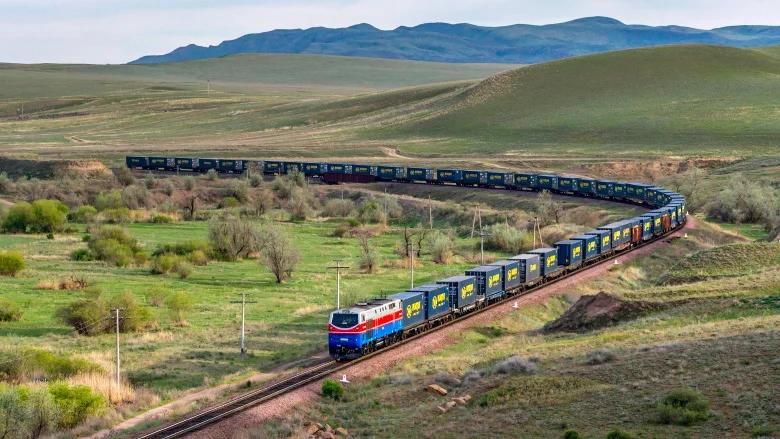
Middle Corridor Sees Triple Growth In Container Traffic Over Past Year - IRU Official
De Pretto noted that trade volumes along the Middle Corridor have shot through the roof over the past two years and are on track to double once more by 2030.
“Today we live in a world defined by rapid change and constant transformation. As the world becomes increasingly interconnected, the need for cooperation, innovation, and unified standards in logistics has never been more critical. The Belt and Road routes are now a tangible reality. We see trucks crossing these routes, linking continents and markets like never before,” he said.
The Middle Corridor serves as a bridge between Asia and Europe, offering a fresh path that sidesteps the well-trodden Northern and Southern Corridors. The route begins in China, passes through Central Asian countries such as Kazakhstan, Uzbekistan, and Turkmenistan, crosses the Caspian Sea, and continues through Azerbaijan, Georgia, and Türkiye before reaching Europe. As a land-based route, the Middle Corridor bypasses longer maritime paths, linking eastern Asia, including China, with European markets.
The 7th Huawei Digital Supply Chain Forum in Dongguan, China, explored global supply chain transformations, digitalization, emerging technologies, and novel business models to promote resilience and sustainability on October 31, 2025. The IRU participated in discussions on unpredictability, digital standards, and how innovation and collaboration may transform logistics.

Legal Disclaimer:
MENAFN provides the
information “as is” without warranty of any kind. We do not accept
any responsibility or liability for the accuracy, content, images,
videos, licenses, completeness, legality, or reliability of the information
contained in this article. If you have any complaints or copyright
issues related to this article, kindly contact the provider above.


















Comments
No comment